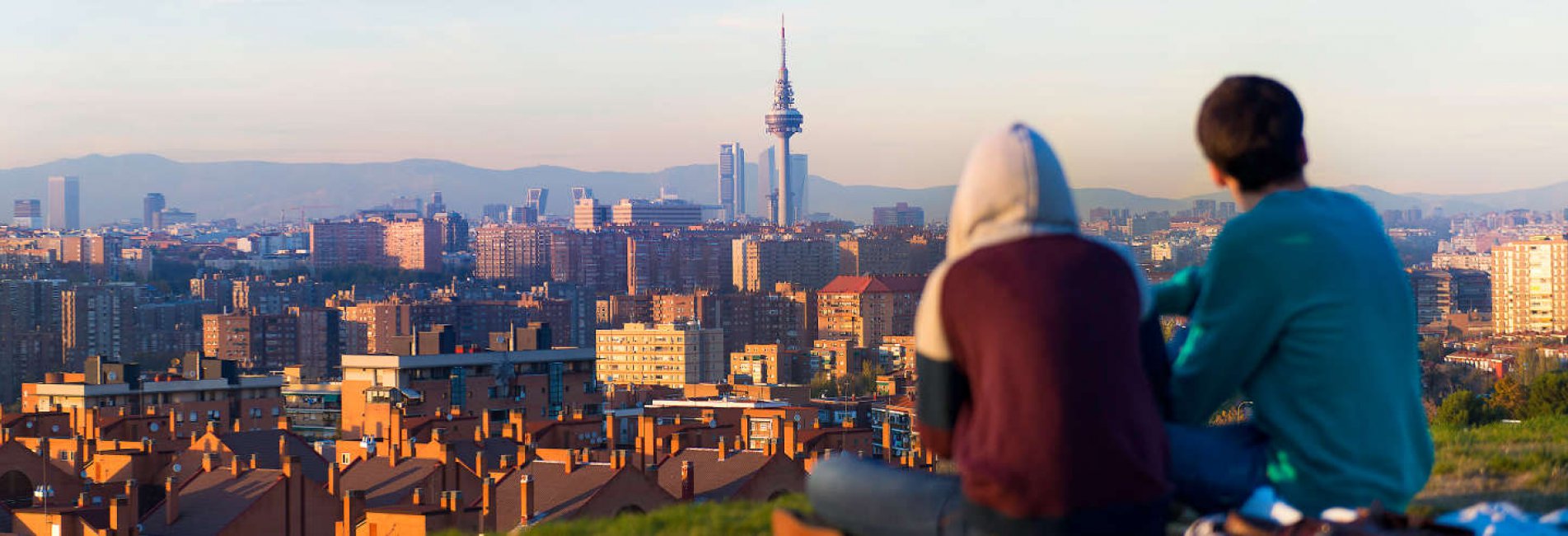
Uploaded on 2017-03-09 by Angie Ramon
1. Check the temperature differences in US cities Those are the cities I have chosen: Washington: Up To 21.0° Hotter in the city than in nearby rural areas Average 4.7° City summers are hotter than in rural areas 17 more days above 90° F each year than rural areas No.6 Biggest difference between urban and rural temperatures. New Orleans: Up To 16.0° Hotter in the city than in nearby rural areas Average 2.2° City summers are hotter than in rural areas 17 more days above 90° F each year than rural areas Boston: Up To 15.0° Hotter in the city than in nearby rural areas Average 1.3° City summers are hotter than in rural areas 5 more days above 90° F each year than rural areas 2. Which are the main UHI effects that you can identify in your area? According to the researchers from the Universidad Politécnica in the recent III International Congress of Research in Construction and Building, UHI is responsible for the significant differences in temperature between different areas not too distant from each other in Madrid. The difference had surpassed, in many cases, 6 degrees Celsius, for example in July 2015, in full heatwave, at midnight. It seems that the differences are largest, of course, in the warmer months but always a few hours after sunset. Researches also mentioned that when it comes to evaluate an "energy efficient house" the main simulation softwares don’t take into account the effect of UHI because they use the same climatic data for rural and urban areas without regard to urban morphology. The buildings situated at the historical centre of the city are those that most need heating since they lack proper thermal insulation and their construction features and that restricts the entry of sun light. On the other hand, the greatest demand for refrigeration is more common in the isolated linear block typology that, in this case, they are typically post-war constructions, with poor quality of materials and no insulation. 3. Which are the measures you would propose? This is a tough subject because there are, at least, two significant forces leading to the city, the UHI and global warming. As has become clear from several studies, increasing summer temperatures apart from health problems carry an added danger of an unexpected collapse of electrical network if we use mechanical resources to cool down buildings. So, first measure should be lower the temperature by natural means. Although Madrid is one of cities in the world with the highest number of trees on the streets, it should also be very important that the architectural and engineering designs could incorporate green spaces. Another measures could be to favour one type of construction using materials to lower radiation to increase interior places ventilation; generation of clean energies and their integration into the transport grid; decreasing other heat sources as promoting public transport and rationalisation of the use of the private vehicle; integration of new concepts for energy efficient vehicles and new or alternative fuels. La isla de calor no está incluida explícitamente en ningún listado de indicadores de sostenibilidad urbana 4. Is UHI effect concerning policy making in your area? One of the fundamental city council policies is the Air Quality Plan which aims at to push forward sustainability and to pursue reductions from emission sources and pollutant emissions or concentrations. Madrid City Council in cooperation with Universidad Autónoma, has produced a detailed study on urban climate last year, leading to the conclusion whose proposals for the urban land, in summary, are: - Landscaping into several strata, vials and roads due its barrier character using species with low water requirements as bushes. - Adding permission to plant gardens with little irrigation in structures, facades, roofing, to the regulation - Adding to the planning rules, measures that are adapted to the particular conditions of the districts according to their thermic risk which improve progressively and provides energy efficiency and thermal comfort inside buildings and in the public space. Additionally, the DESIREX 2008 (Dual-use European Security IR Experiment 2008) experimental campaign from the ESA was carried out in Madrid, with the objective of studying the UHI effect. Different biophysical parameters were measured, as air temperature, surface temperature, wind speed, wind direction, emissivity and reflectivity of urban and rural surfaces. These measures were taken daily using fixed masts, car transects and calibration/validation points. 30 Flight lines were performed during the campaign, covering the urban area of Madrid and its surroundings with the Airborne Hyperespectral Scanner AHS.